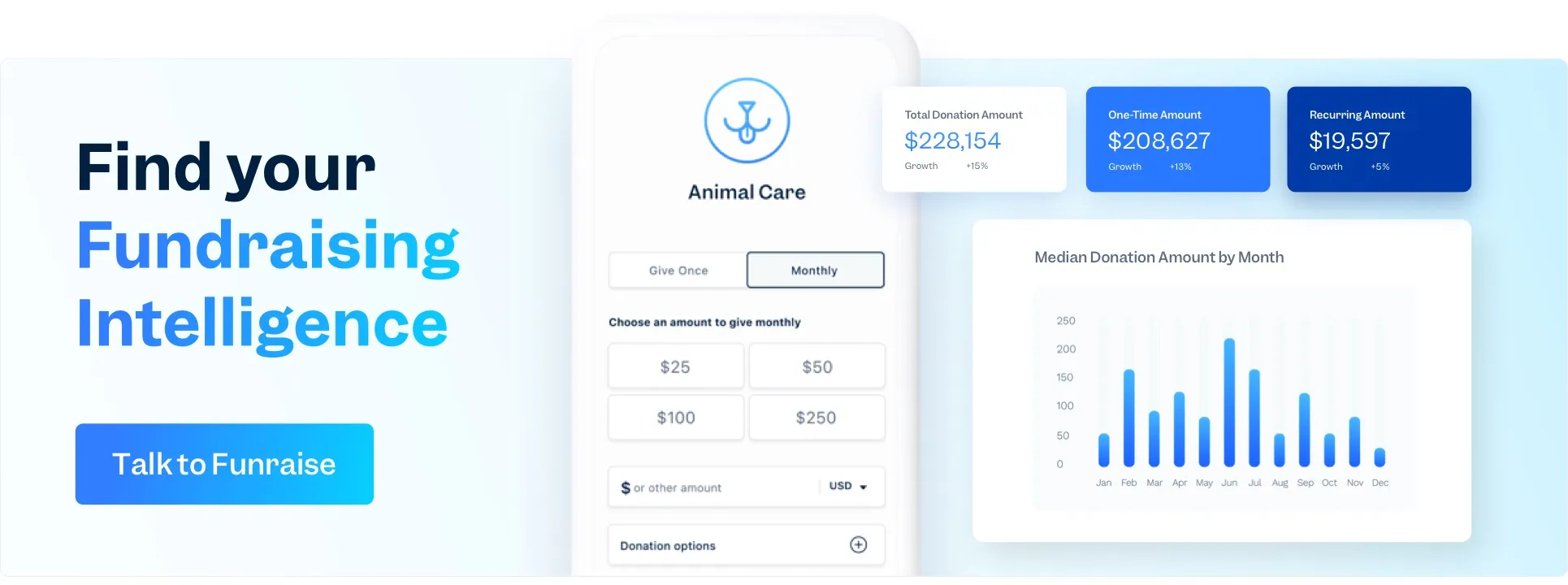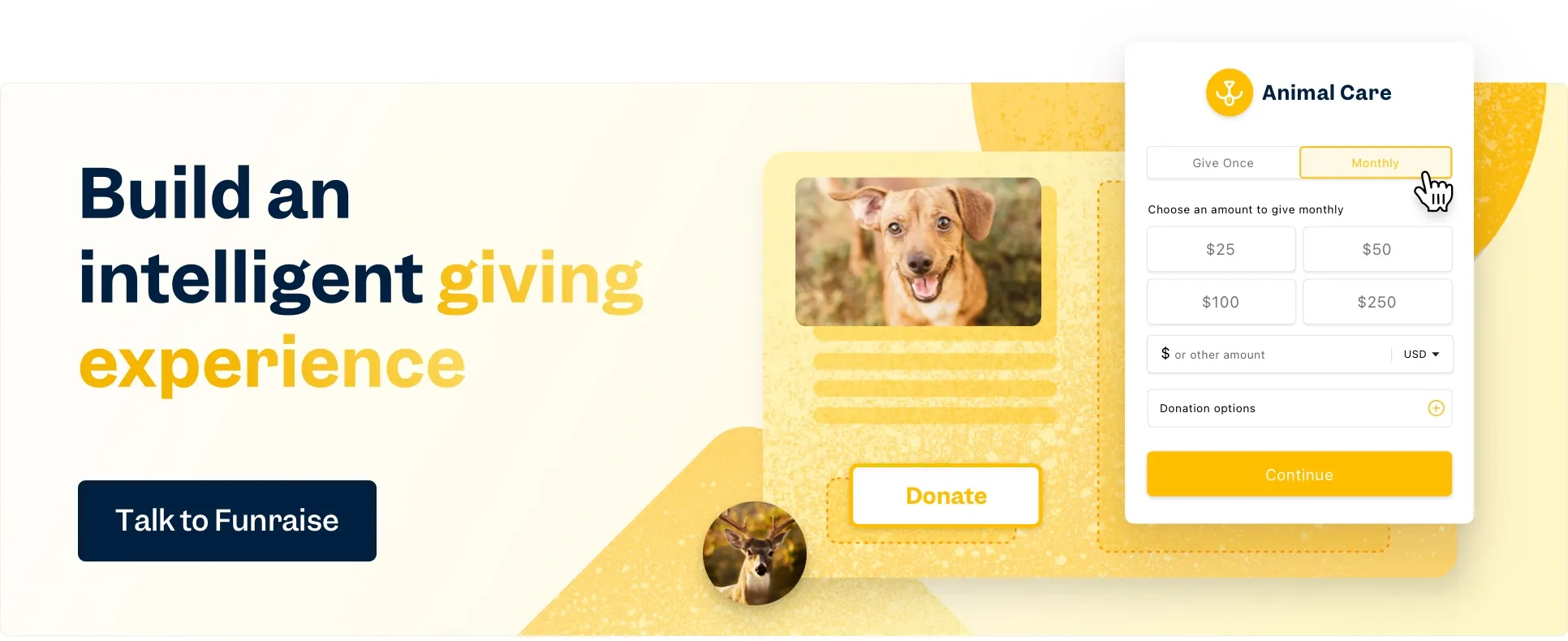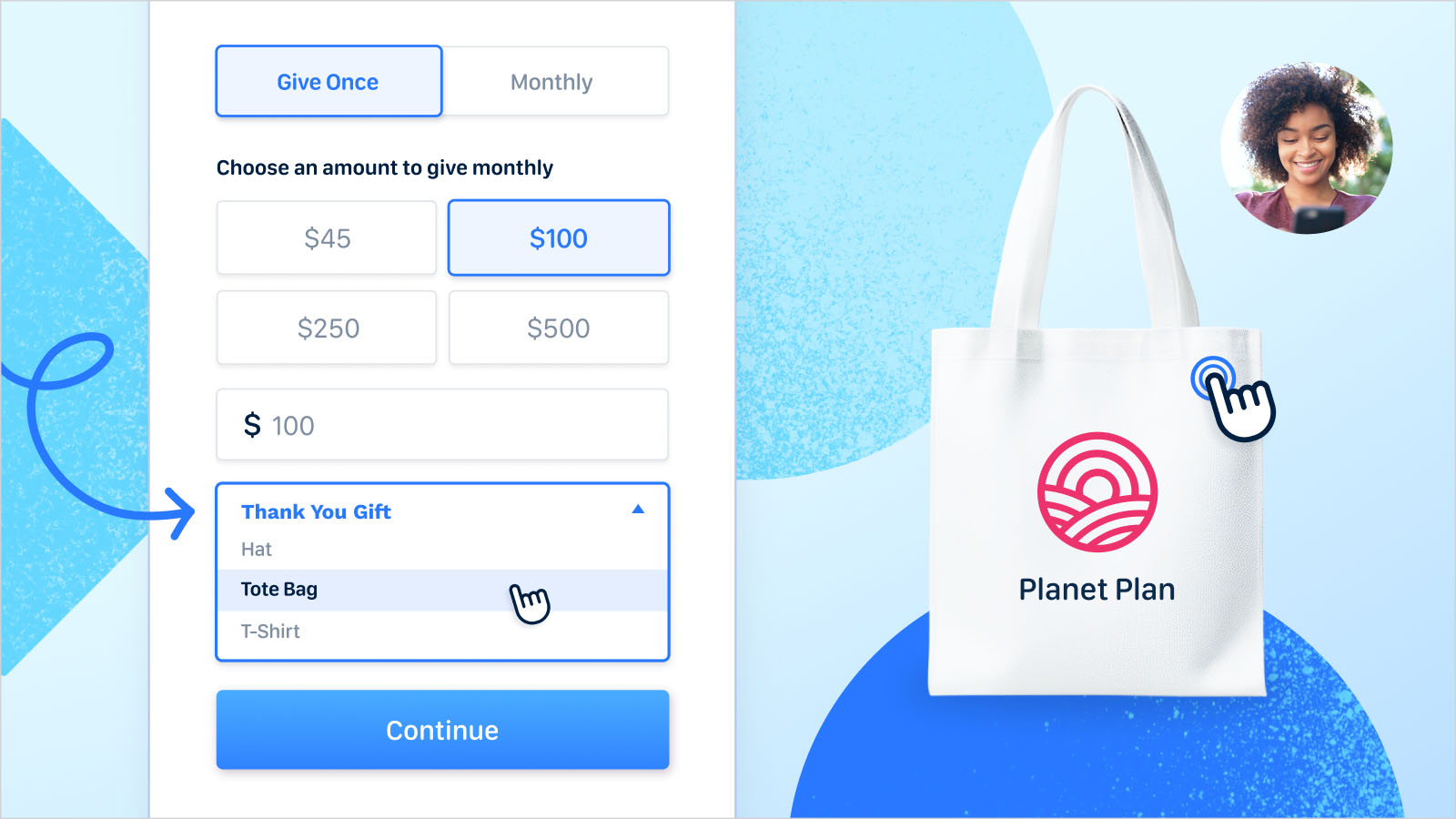When your capital campaign crosses the finish line, you may feel a deep sense of relief. You raised millions, brought a vision to life, and fulfilled a major milestone for your organization. The ribbon is cut, the press release is sent, and you finally exhale.
But the campaign does not end when you hit the goal. That milestone signals the beginning of a new phase, one that determines whether your success strengthens long-term fundraising or fades quickly. Some of the most critical work of a campaign happens after the celebration. Donor stewardship, pledge collection, and final reporting all enable you to sustain momentum and build durable relationships.
Once your campaign wraps up, focus on these essential steps to cap off your most recent campaign as a success and ensure future campaign plans have a strong foundation.
1. Keep communication flowing
Every person who contributed to your campaign deserves to hear about the results. Begin with insiders such as board members, committee volunteers, and major donors. Share the news personally and highlight not just the numbers but the difference their support will make. A call, a handwritten letter, or a private update can reinforce that they were part of something meaningful.
Next, turn to the wider community. Use press releases, newsletters, social media, emails, and events to spread the word. Tell the story of what was accomplished and what lies ahead for your mission. The more you communicate, the stronger the sense of shared success will be.
2. Steward donors well beyond the gift
During the quiet phase of your campaign, donors will often make the largest contributions of their lives. Their generosity calls for more than a single thank-you. Proper stewardship after a capital campaign can set the stage for continued giving, including future major contributions during subsequent campaigns.
Recognize your donors through:
- Personal connections such as phone calls, letters, or one-on-one meetings with top donors
- Small gatherings, like open houses or project tours, to show their impact directly
- Public recognition through naming opportunities, donor walls, or printed acknowledgments, adapted to your organization’s culture and the wishes of individual donors
Some donors prefer public recognition while others value quiet acknowledgment. Pay attention to those preferences and act accordingly. Thoughtful stewardship reinforces trust and keeps relationships strong.
A note about capital campaigns and major donors
Capital campaigns often target large donors and sponsors to meet significant financial goals, like building a new wing, expanding a program, or establishing an endowment. Because of their scale, they attract and rely on larger donations from individuals, foundations, and corporate sponsors.
Many individual donors use donor-advised funds (DAFs) to manage their philanthropic giving. However, traditional DAF gifts can be a challenge because they typically don't provide nonprofits with actionable donor information. This lack of data makes it difficult to steward these donors effectively and build long-term relationships.
According to Chariot's DAF Fundraising Report, DAFs are a growing part of the giving landscape:
- DAF giving has seen significant growth, with a median revenue growth rate of 112% across 2020-2024.
- DAF revenue as a percentage of total for smaller organizations grew by 143% from 2020-2024.
- DAF donors have a 13% higher donor retention rate than non-DAF-donors.
- DAF donations boast an average gift amount increase of over 888% when switching from more standard giving methods.
Justin Wheeler, Funraise CEO and Co-founder, explains why DAF giving should be a focus for fundraisers:
"Greater access to DAF donors—individuals who have expressly set aside money to go charitable causes—represents a significant step forward in empowering nonprofits. By seamlessly integrating tools like DAFpay into fundraising software, we're not only making it easier for donors to give from their DAFs, we're helping organizations create a more connected and impactful relationship with causes they care about."
3. Collect pledges with care
Pledges drive capital campaign success by allowing donors to commit across multiple years. They also give organizations the confidence to plan ahead. But pledges only matter if they are collected.
Do not treat reminders like invoices. A pledge reminder that looks like a bill can make giving feel transactional. Instead, frame each reminder as a progress update. Share news about the project, tell a story about its impact, and thank donors for their continued support. Ensure each pledge reminder is unique so messages stay fresh and you show donors you care about their specific contributions.
Make pledge fulfillment easy with options like automatic payments, online giving portals, and return envelopes. The smoother the process, the more likely you will receive every pledged dollar. Campaigns often let money go uncollected at this stage, which can erase months of hard work. Implement a pledge tracking system paired with consistent, thoughtful communication to prevent this outcome.
4. Celebrate the success
A capital campaign is a demanding effort. Donors, staff, and volunteers all contributed to making it happen, and a celebration is a chance to acknowledge all of their work. In the process, you’ll also cement goodwill and potentially secure their future support for your next campaign.
Host events that match your organization’s culture. A ribbon cutting, gala, or community reception might feel right for some. For others, a smaller gathering with simple refreshments and heartfelt thanks makes the best impression.
Celebrations matter because people remember endings. If supporters end the campaign experience feeling appreciated, they will associate your organization with pride and satisfaction. That sentiment carries forward into future fundraising.
5. Create reports for donors and for internal use
Reporting serves two purposes. It shares impact with donors and documents lessons for staff and board members.
For external audiences, create a report that highlights funds raised, outcomes achieved, donor listings, and campaign leadership. This can be a stand-alone campaign report or a section in your annual report. Increase this report’s readability with data visualizations and bottom-line insights that help supporters interpret the information. Then, send it to donors so they see what they helped accomplish.
For internal use, produce a more detailed record. Compare goals with results, note what strategies worked, and identify areas for improvement. Capture donor data and pledge tracking details. Store all campaign materials so future staff and volunteers have a clear record and can analyze past fundraising results when planning future capital campaigns. Years from now, this information will guide your next campaign.
6. Conduct an evaluation
Reflection is an important part of wrapping up. Gather feedback from key staff, board members, and volunteers. Ask questions such as:
- What worked best during the campaign?
- Where did we face challenges?
- How did donors respond?
- What would we change next time?
Summarize the feedback in a short report. Share it with leadership and use it to improve future fundraising efforts. The act of asking for feedback also communicates respect and inclusion, which strengthens your internal team.
7. Carry the momentum into regular fundraising
The end of the campaign marks the beginning of a new stage in donor relationships. Many supporters stretched to give more than ever before. Some gave to your organization for the first time. These are signals of trust and commitment.
Bring those donors into your ongoing fundraising and volunteer programs. Keep them connected with stories of impact, invitations to events, and opportunities to give again. Show them that their role did not end when the campaign goal was met.
Handled well, campaign donors become lifelong supporters. Handled poorly, they can drift away and see the campaign as a one-time event. Make sure the relationships continue.
Closing thoughts
Capital campaigns transform organizations, but the most lasting effect comes from what happens after the celebration. Strong communication, thoughtful stewardship, effective pledge collection, meaningful celebration, thorough reporting, honest evaluation, and continued donor engagement will determine whether your campaign builds lasting strength for your nonprofit.
Crossing the finish line is not the end. With care and attention, it is the start of a new period of growth and connection for your mission.































.webp)
.webp)











.webp)
.webp)

.webp)
.webp)
.webp)




